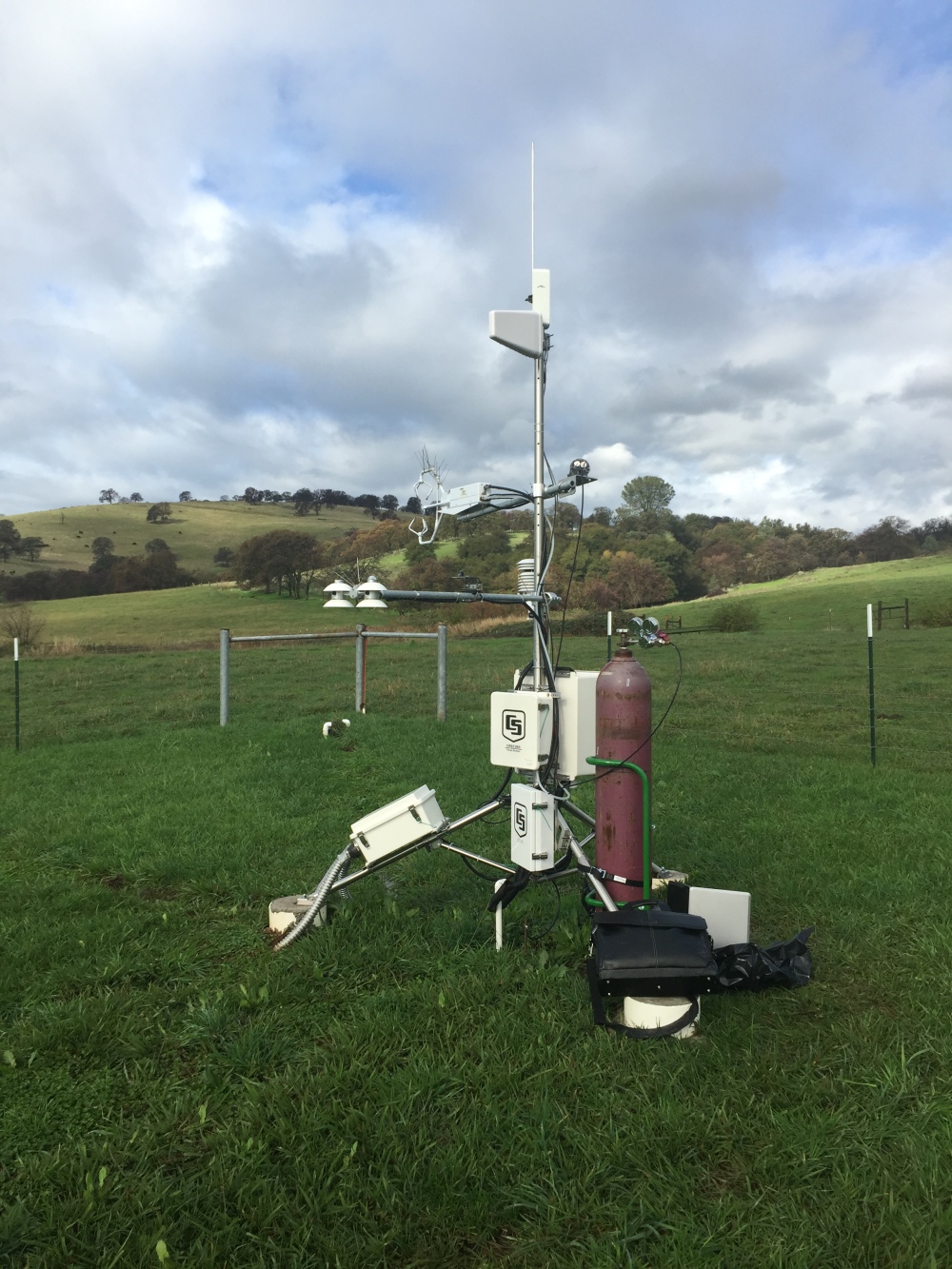Posted by Gabe Youtsey, CIO, Agriculture and Natural Resources. I work for UC ANR, and California is my campus. Having completed my first three months as Chief Information Officer of the UC Division of Agriculture and Natural Resources (ANR), I am astounded by UC’s reach and impact. It extends well beyond the ten campuses and five medical centers. ANR has cooperative extension offices in every California county, and research and extension centers in every California biome. Thousands of ANR staff and volunteers impact Californians’ lives each day through the 4-H program for youth, nutrition programs for families, and the prestigious Master Gardener’s program. Campus-based academic specialists and community-based advisors bring the power of UC research to address real-world problems, demonstrating global leadership in food and nutrition, rooted in California.
Technology’s role in ANR
To serve California’s agricultural community, UC must equip itself to continue leadership in data-driven crop science or precision agriculture, integrated pest management decision support, and “planting to harvest” big data, to name a few. UC ANR must serve as a connecting point to UC and the “store front” for many farmers, youth, volunteers, educators, community leaders, and others across California.
We need to ensure that every ANR location in every California county has campus-level technology resources: fast networks, cutting edge research technology, modern computers, and simple collaboration tools. These are the foundation upon which other technology must be built.
Years of budget cuts at the federal, state, and county levels require ANR to fashion sustainable funding models supported by technology innovations. IT must participate in exploring new revenue models, grant opportunities, and efficiency initiatives. Like many CIOs, I seek to shift the organization’s spend on commodity IT services – the technology that doesn’t make UC ANR unique – to cost-effective UC shared or cloud-based service models. Through this shift, critical resources must be redirected to support UC ANR’s research, education, community outreach, and problem-solving mission.
The CIO’s dual roles: innovation and reliability
As CIO I have a dual role, both to innovate and drive technology in direct support of the ANR mission and initiatives, and to provide reliable, resilient IT infrastructure and support for the division. My work has just begun as I put my boots on (literally) to immerse myself in the culture and challenges that are so like and so different from our other campuses. It’s a grand challenge!
Flux tower photo
This is one of nine ANR flux towers statewide that has a number of sensors to measure weather and environmental conditions. The data will help researchers better understand climate change in every biome of California.








Gabe, thanks for this wonderfully informative and reflective post! I have never heard of the UC’s ANR. What a great example of the blend of research and service that UC prides itself on! I can only imagine the challenges you face as CIO to enable the work of ANR across the entire state. I really appreciate your “call to arms” for IT to participate in new funding models. Great to know you are “out there”!
Thanks Annelie, you made my day!